When I first came across the Be-Do-Have Paradigm I was doing my coach training (yep many years ago now). I wrote about it briefly here, however I didn’t clearly articulate it.
Yesterday, as I started to prepare to create the next quarter within my life, I got a prompting to write more about the model and share it, so here it is.
In this post, I will discuss –
- What is the Be-Do-Have Paradigm?
- A Note on the Be-Do-Have Paradigm from Neale Donald Walsh, and
- Using the Be-Do-Have Paradigm in Life.
What is the Be-Do-Have Paradigm?
The Be-Do-Have Paradigm is a simple explanation that can be used in a variety of ways including coaching and making decisions about what you would like. It looks at –
- Who do I need to BE? (i.e. your core, feelings and / or skills),
- What do I need to DO? (i.e. the choices, decisions. action steps / behaviours), and
- What do I want to HAVE? (i.e. clear vision and / or outcome).
Before I saw this, I often thought about it the opposite way. Having a clear vision or outcome, then taking the action and the feeling would be later. From many years of mindfulness practise, I can also appreciate this is happening simultaneously, however I find it is a clear way to organise my priorities and helps me tune more in to my own feelings (which supports me to trust my self).
The paradigm challenges or flips the thinking of “If I have more time, I will be able to do what I want and then I will start my business.” and “If only I more money, then I can learn more and then I would be happy” to “I am BEcoming more aware of how I invest my time and can say no if I choose” and “I am feeling greater clarity so I can BE more organised.”
A Note on the Be-Do-Have Paradigm from Neale Donald Walsh
In the book, The Complete Conversations with God: An Uncommon Dialogue, Neale Donald Walsch wrote –
“Most people believe that if they ‘have’ a thing (more time, money, love – whatever) then they can finally ‘do’ a thing (write a book, take up a hobby, go on vacation, buy a home, undertake a relationship), which will enable them to ‘be’ a thing (happy, peaceful, content, or in love). In actuality, they are reversing the Be-Do-Have paradigm.
In the Universe as it really is (as opposed to how you think it is), ‘havingness’ does not produce ‘beingness’ but the other way around. First you ‘be’ the thing called ‘happy’ (or ‘knowing’, or ‘wise’, or ‘compassionate’, or whatever) then you start ‘doing’ things from this place of beingness – and soon you discover that what you are doing winds up bringing you the things you’ve always wanted to ‘have.’
The way to set this creative process (that is what this is… the process of creation) into motion is to look at what you want to “have”, ask yourself what you think you would “be” if you “had” that, then go straight to being.
In this way you reverse the way you’ve been doing the Be-Do-Have paradigm – in actuality, set it right – and work with rather than against, the creative power of the universe.”
Using the Be-Do-Have Paradigm in Life
As indicated, yesterday I started to identify what I wanted to create in the next quarter (12 weeks or so) of my life. So here is a small snippet as I have been working on this for a little while now –
- Who do I need to BE? (i.e. feelings and / or skills) – I am feel expansive, open and joyful when I sit with this. The skills I am using are the skills I know I’m meant to continue to use in my life. For example – coaching skills as well as the range of communication, writing and computer skills.
- What do I need to DO? (i.e. the choices, decisions. action steps / behaviours) – I have already set this up and on my website, will advertise it and share with a few ladies. I have already written the content as it has been something I have been working towards for a while and is ready to go in the (un)learning hub.
- What do I want to HAVE? (i.e. clear vision and / or outcome) – I want to have a small group of womxn (no more that 5 to start) who are working towards one aspect of creating their own whole-hearted promise for the next 12 weeks.
When I was creating the End-of-Year Ritual, it flowed and I feel really good when I sit with it. And It aligns and unifies my mind, body and spirit.
Over to You…
I hope this has given you a simple look at the be-do-have paradigm and how you might be able to adapt it in to you life. If you have any questions, please share them below 🙂
If you are ready to reclaim your courage and take the next step towards freedom and opening your heart, why not join our Toolkit?
Reference –
Walsch, N. (2005). The Complete Conversations with God: An Uncommon Dialogue. Virginia, USA: Hampton Roads Publishing Company Inc.
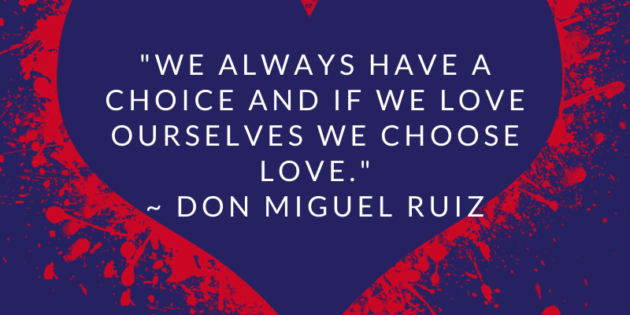
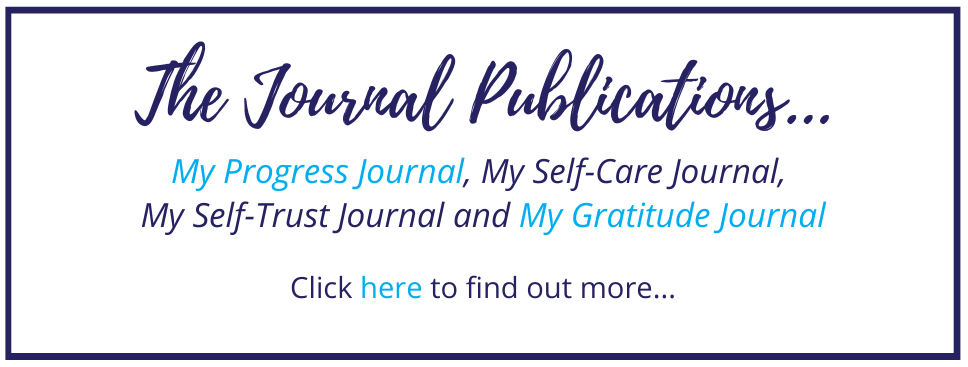

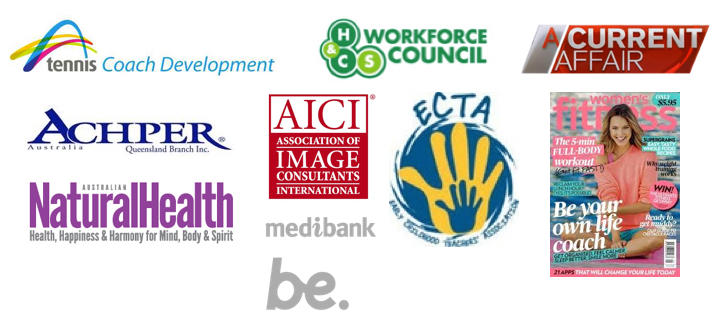
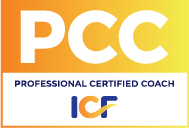
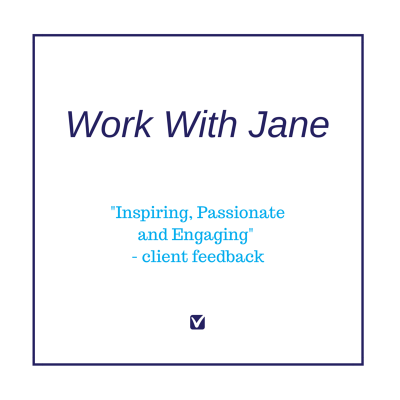





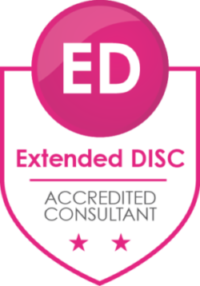

Leave A Response